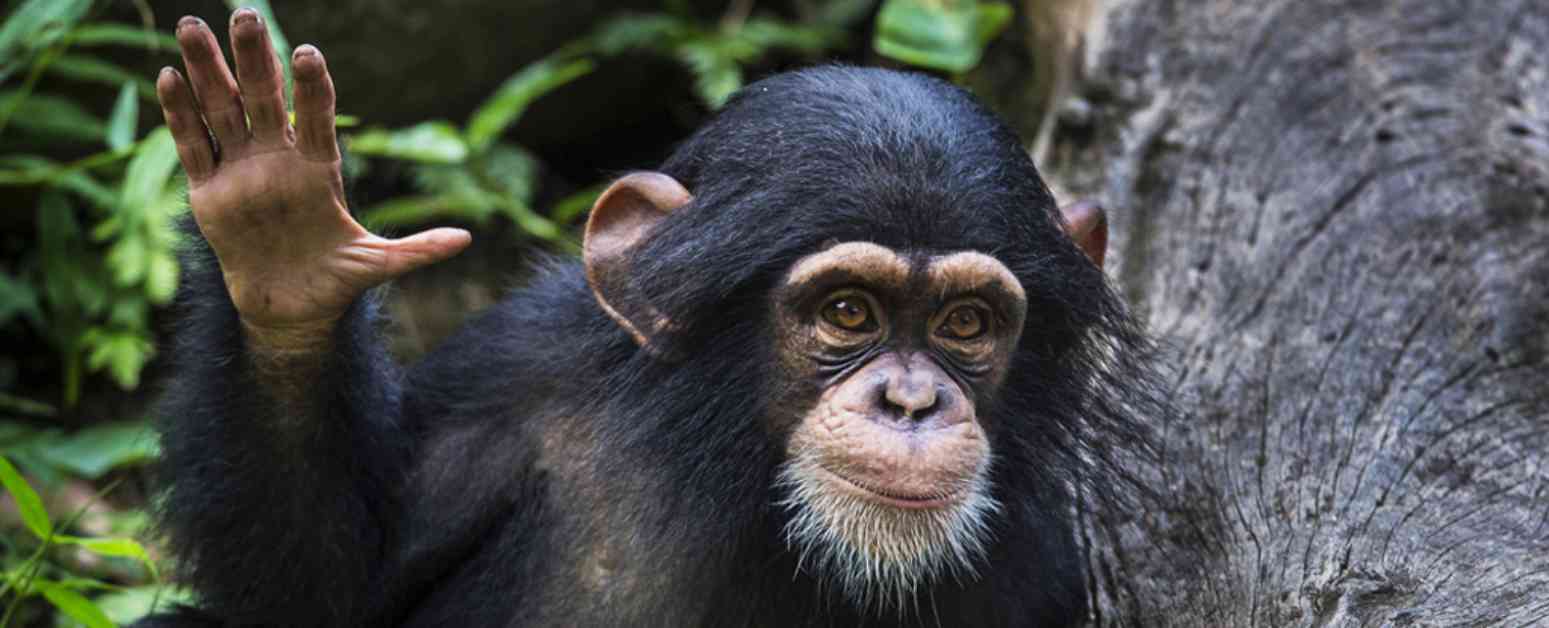Chimpanzees, our closest living relatives, have been found to communicate with each other in a way that is surprisingly similar to how humans communicate. A recent study conducted by an international team of researchers observed wild East African chimpanzees and discovered that their gestures and responses closely resemble the turn-taking seen in human conversations.
Lead author Gal Badihi, an ethologist from the University of St Andrews in the UK, explained that the timing of chimpanzee gestures and human conversational turn-taking is remarkably fast and similar. This suggests that there are evolutionary mechanisms that drive these social and communicative interactions that are shared between humans and chimps.
The study involved analyzing over 8,500 instances of gestures from 252 individual chimps, revealing not only similarities in communication patterns to humans but also differences in communication between different chimp communities. Just like in human cultures where conversation pace varies, the researchers found that some chimp communities were faster “talkers” than others.
For example, the Kanyawara chimpanzees in Uganda were observed to be fast responders compared to the Sonso chimpanzees in the nearby Budongo Forest. This variation in communication pace among chimp communities mirrors the slight cultural variations in conversation pace seen in human cultures.
Chimpanzees use gestures to communicate over short distances to achieve social goals in the moment, such as requesting food or signaling to go away. These gestures help them avoid conflict and coordinate with each other in their daily interactions. Researchers have identified various gestures, including 58 versions of the ‘let’s play’ gesture that chimps use in the wild.
Although there are distinct differences between chimp and human languages, the study suggests that there are underlying similarities in the rules that govern both systems of communication. While the researchers are still unsure about when these conversational structures evolved and why, they are interested in exploring communication in more distantly related species to determine if these characteristics are unique to apes or shared with other highly social species.
Overall, the study sheds light on the intricate communication abilities of chimpanzees and highlights the fascinating similarities and differences between human and chimp communication. The findings contribute to our understanding of the evolutionary origins of communication and the complex social dynamics that shape interactions among primates.












